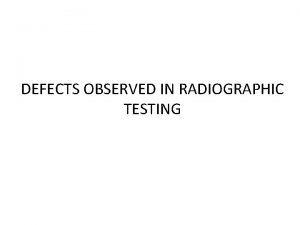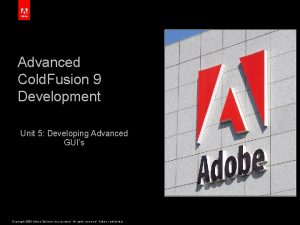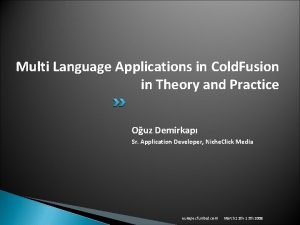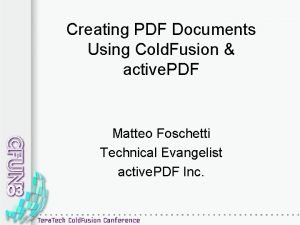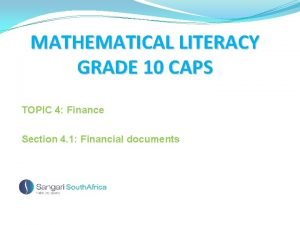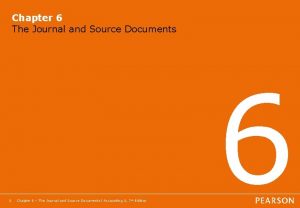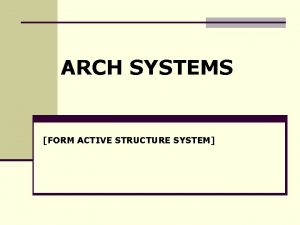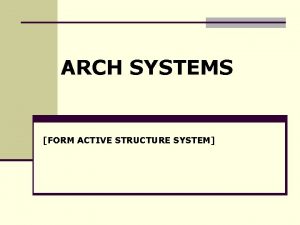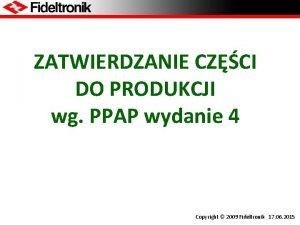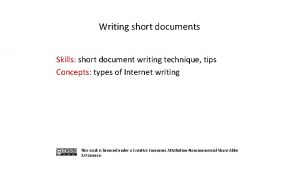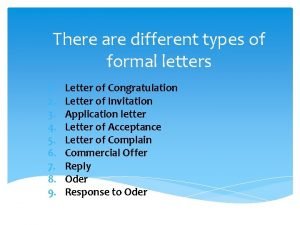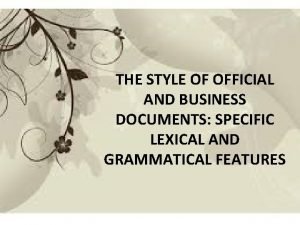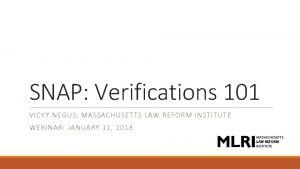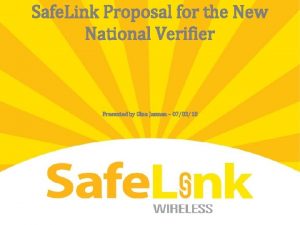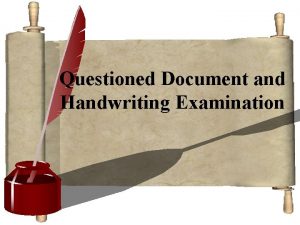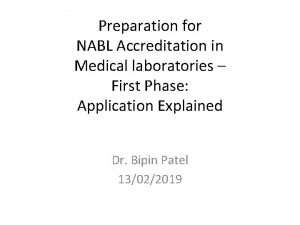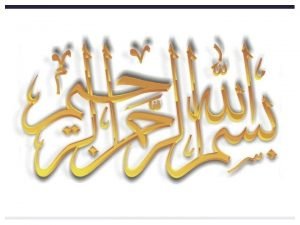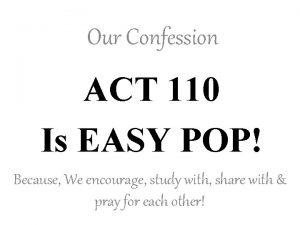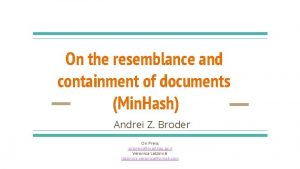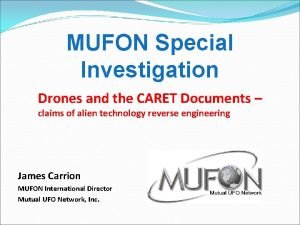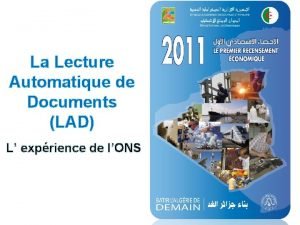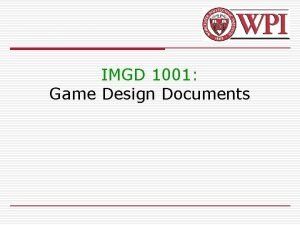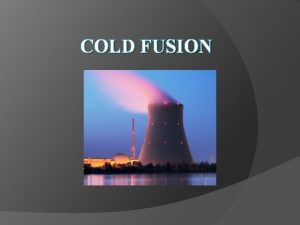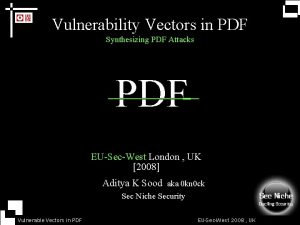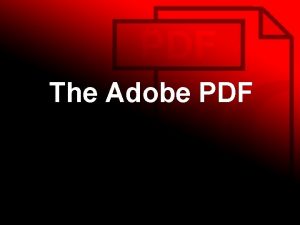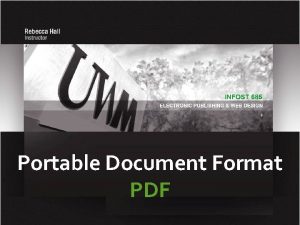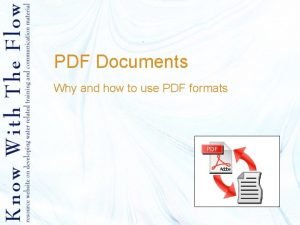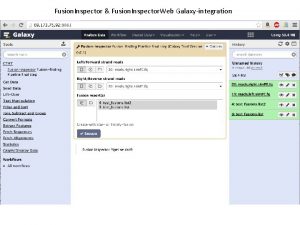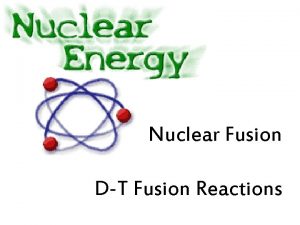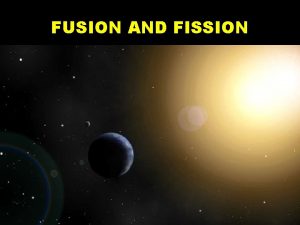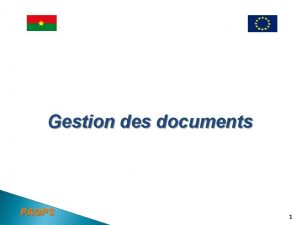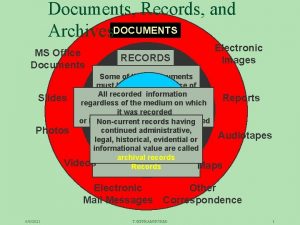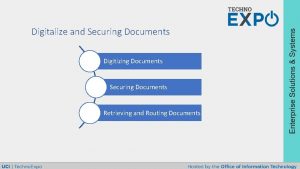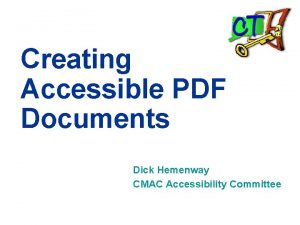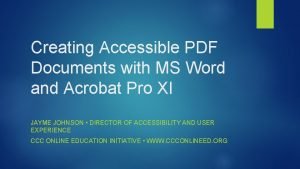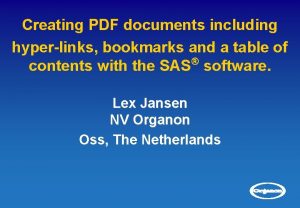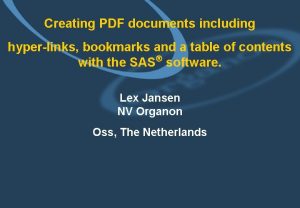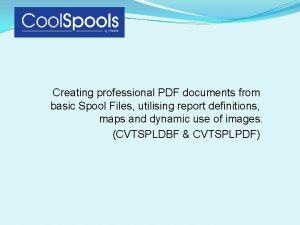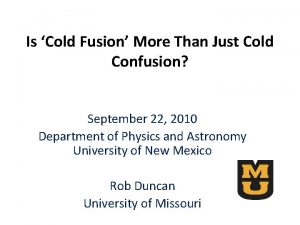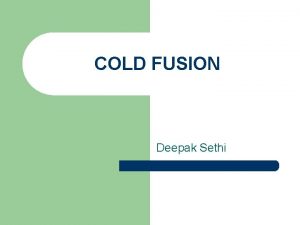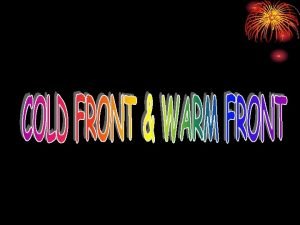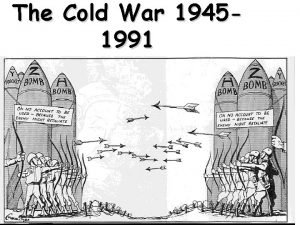Creating PDF Documents Using Cold Fusion active PDF


































- Slides: 34

Creating PDF Documents Using Cold. Fusion & active. PDF Matteo Foschetti Technical Evangelist active. PDF Inc.

Introduction ØTechnical Evangelist ØSoftware Engineer ØCorporate Trainer ØConference Speaker ØWeb Programming Instructor

Agenda ØLearn About active. PDF Inc. ØDiscuss PDF & COM Technology ØReview Cold. Fusion MX ØIntroduce active. PDF Toolkit & Web. Grabber ØDemonstrate active. PDF Examples

Survey ØPDF ØCOM ØCold. Fusion/Cold. Fusion MX Ø<CFOBJECT> Tag Øactive. PDF

About active. PDF Inc. ØProvider of server-side PDF conversion and development tools ØPDF tools free the developer from the dilemmas associated with dynamic PDF creation ØUnique in PDF industry by offering a server-based suite of products

About active. PDF Inc. ØNo additional per user or per document licensing fees ØCOM object level access within all the active. PDF products ØComplete control over the PDF generation and manipulation process

What is PDF? ØPortable Document Format ØWidespread standard among users for file sharing and exchanges ØPlatform-independent for viewing on any machine ØPDF is well integrated in almost every industry

What is COM? ØComponent Object Model ØA specification and set of services to enable component portability, reusability, and versioning ØPromotes component-based development

What is COM? ØReferred to as objects, controls or components ØContain properties (attributes) and methods (operations) ØCallable from any environment that supports COM, such as Cold. Fusion, Visual Basic, ASP, etc.

The Typical PDF Conversion Process 1) A Post. Script file is generated by printing from a native application to a Post. Script enabled device by a user 2) A PDF generator application is opened

The Typical PDF Conversion Process 3) Post. Script File is located 4) File parameters and output options are selected 5) Post. Script-To-PDF conversion takes place 6) User repeats steps 1 -5 for each unique document

What is Server-Side PDF Conversion? Øactive. PDF software resides on a network server ØAllows automatic file conversion without user intervention ØAlleviates the “guesswork” ØAllows full control over security and display settings of documents

Cold. Fusion MX Overview ØLatest Cold. Fusion Application Server ØParses (reads and compiles) supplied instructions ØProcesses supplied instructions ØInstructions passed to Cold. Fusion using templates

Cold. Fusion MX Templates ØCold. Fusion pages that use Cold. Fusion Markup Language (CFML) ØExtend HTML by adding tags with a variety of capabilities <CF…. > ØVariables and functions are surrounded by pound signs #…. #

CFML & Cold. Fusion Features ØFiles use the file extension. cfm or. cfml ØCapable of Linking to External Data Applications ØIntegration with C/C++, Java, COM, CORBA, and Web Services

Getting Started with COM and Cold. Fusion ØComponent objects can be invoked in Cold. Fusion using tags Ø<CFOBJECT> creates an instance of an object Ø<CFSET> invokes properties and methods of the object Ø<CFOUTPUT> displays text

Using Properties ØTo set a property: <cfset obj. property = “somevalue”> ØTo get a property: <cfset value = obj. property>

Calling Methods ØMethods with no arguments: <cfset ret. Val = obj. Method 1()> ØMethods with one or more arguments: <cfset x = 23> <cfset ret. Val = obj. Method 1(x, “a string literal”)>

Calling Methods ØMethods with reference arguments: <cfset x = 23> <cfset ret. Val = obj. Method 2(“x”, “a string literal”)> ØCalling nested objects: <cfset obj. X = my. Obj. X> <cfset prop = obj. X. Property>

Registering COM Objects ØIn order for Cold. Fusion to find the COM object, you must register it ØWith Windows, you use the regsvr 32 command with the object file (*. dll, *. ocx), such as: regsvr 32 c: pathservername. dll

Creating & Using COM Objects in Cold. Fusion Note: You must create the component in Cold. Fusion before your application pages can invoke any methods or assign any properties in the component!

Creating & Using COM Objects Example <!--- First, create the object ---> <cfobject type=“COM” action=“Create” name=“Mailer” class=“CDONTS. New. Mail”> <cfset Mailer. To = “#Form. to#”> <cfset Mailer. Body = “#Form. body#”> <!--- Last, use the Send() method to send the msg ---> <cfset Mailer. Send()>

What is active. PDF Toolkit? ØProgrammable COM object that enables users to create and manipulate PDF documents ØWith a robust API, Tool. Kit is used to append, stamp, stitch, merge, paint, form-fill, etc.

Toolkit Features ØSimple to add watermarks, set form fields, incorporate headers and footers, extracting , concatenating pages, etc. ØTool. Kit supports latest encryption standards and other unique PDF technologies

Toolkit Basic Steps for Form. Filling a PDF 1) 2) 3) 4) 5) Open an output destination file (Open. Output. File Method) Open an input PDF form (Open. Input. File Method) Set the form field values (Set. Form. Field. Data Method) Copy the input form into the destination file (Copy. Form Method) Close output destination file (Close. Output. File)

Toolkit Examples ØPDF Form-Filling ØDynamic PDF Report Generation

What is active. PDF Web. Grabber? ØProgrammable COM object that dynamically converts any URL, HTML stream, or HTML file to PDF ØDesigned for use with active. PDF Server as a Multi-Threaded application

Web. Grabber Features ØCapable of using either the default HTML 3. 2 rendering engine or the Microsoft Internet Explorer engine which supports CSS, SSL, Flash, Java, etc. ØSupports latest Encryption standards and Linearization

Web. Grabber Basic Steps ØSpooling Stage: active. PDF Web. Grabber is responsible for rendering the HTML ØConversion Stage: active. PDF Server is then responsible for producing the PDF document (Multi-threaded)

Web. Grabber Examples ØOn-the-fly HTML to PDF ØWeb Reporting to PDF

Conclusion Øactive. PDF provides server-side PDF conversion and development tools ØPDF is a widespread standard among users for file sharing and exchanges

Conclusion Øactive. PDF COM objects allow full control over security and display settings of documents ØComponent objects can be invoked in Cold. Fusion using tags, such as <CFOBJECT>

Conclusion Øactive. PDF Toolkit enables users to create and manipulate PDF documents Øactive. PDF Web. Grabber dynamically converts any URL, HTML stream, or HTML file to PDF

References Forta, B. , Weiss, N. , (2003). Macromedia Cold. Fusion MX Web Application Construction Kit. (5 th ed. ). Berkeley, CA: Macromedia Press. Macromedia. (2001). Macromedia Cold. Fusion 5 Developing Cold. Fusion Applications. Macromedia Incorporated. Balena, F. (1999). Programming Microsoft Visual Basic 6. 0. Redmond, WA: Microsoft Press. active. PDF Inc. (2003). active. PDF Press Kit. Retrieved May 12, 2003, from http: //www. activepdf. com/en/Corporate/Press. Kit. asp
 Cold fusion flash
Cold fusion flash Incomplete fusion due to cold lap
Incomplete fusion due to cold lap Cold fusion 9
Cold fusion 9 Cold fusion language
Cold fusion language Cold fusion java
Cold fusion java Activepdf toolkit
Activepdf toolkit The cold war lesson 1 the cold war begins
The cold war lesson 1 the cold war begins Tariff system grade 10
Tariff system grade 10 What does rounding mean on a till slip
What does rounding mean on a till slip Chapter 6 documents pdf
Chapter 6 documents pdf Boolean operators
Boolean operators Primary vs secondary active transport
Primary vs secondary active transport Primary active transport vs secondary active transport
Primary active transport vs secondary active transport Active structure
Active structure Arch form structure is
Arch form structure is What is active instrument
What is active instrument Active and passive exercises in nursing pdf
Active and passive exercises in nursing pdf System.collections.generics
System.collections.generics Defrost using internal heat is accomplished using
Defrost using internal heat is accomplished using Ppap
Ppap Short document
Short document Types of formal letter
Types of formal letter Style of official documents
Style of official documents Dta verification documents
Dta verification documents National verifier log in
National verifier log in What are the phases of handwriting examination
What are the phases of handwriting examination Nablwp qci org
Nablwp qci org Pec bidding documents
Pec bidding documents 7 books of prime entry
7 books of prime entry On the resemblance and containment of documents
On the resemblance and containment of documents Caret project
Caret project Tableau de confrontation
Tableau de confrontation Lad lecture automatique de document
Lad lecture automatique de document High concept game design document example
High concept game design document example Ideal clinic documents
Ideal clinic documents

